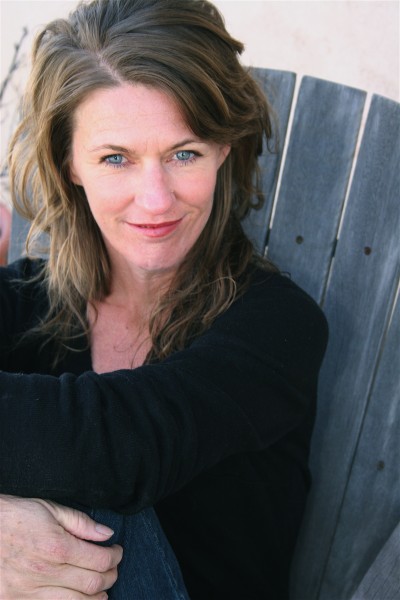
07 Jan Irvine on Bears Ears National Monument
Regional Telluride local Amy Irvine is a sixth-generation Utahn, author of “Trespass: Living at the Edge of the Promised Land,” and a recipient of the Orion Book Award and the Ellen Meloy Desert Writers’ Award. Amy is also founder of Telluride’s Literary Burlesque, the signature (read, always sold-out), event of the Telluride Literary Arts Festival that takes place in May.
Because for Amy, for all of us, writing about connections between nature and culture has never been more urgent, read her recent Op Ed piece from The Salt Lake Tribune. The subject is near and dear to many in Telluride: Bears Ears National Monument. “If only the oaths of public office were taken as Hippocratic — as vows to do no harm,” wrote Amy. Read on for more.

(Francisco Kjolseth | Tribune file photo) Parts of Arch Canyon within the former Bears Ears National Monument.
Just weeks ago, I prepared my 13-year-old daughter for a five-day backcountry trip in Bears Ears National Monument; the trip was part of her school’s experiential curriculum. Her legs wobbled like a newborn faun’s as I hoisted a full pack onto her back and guided her arms through the straps. Her eyes brimmed with tears.
“Mom,” she said. “What if I can’t do this?”
Ruby has nocturnal epilepsy — often 30 episodes in one night. This leads to profound exhaustion during the day. So despite having been born into the seventh-generation of a Utah family, she has been hard-pressed to explore her home state’s public lands on foot. Instead, she’s floated through them on rafts and canoes. She’s been pulled across them in a sled, tied to a skier’s waist. She’s been carried by a horse, too, but before she was big enough to manage such a beast she rode on the back of a pack goat named Bert.
Ruby was determined to see our nation’s newest national monument with her classmates, by way of her own muscle power. In support, her teachers agreed to forego sleep, to monitor and manage her seizures. Besides, given her health issues and President Trump’s vow to undo much of the groundbreaking conservation work of five Native American Tribes and the Obama administration, we knew this might be her only chance to see it as an ecologically and culturally sustainable landscape. Because when the president said to Utah Sen. Orrin Hatch, “This one’s for you,” it was code for tossing the place into the ever-gnashing jaws of industry.
With the help of her class, Ruby made it down the steepest slopes, into the deepest canyons, and back. She returned with new grit and resilience. Years ago, I was altered in a similar way: A teacher at Park City High School noticed how I’d gone dark — and knew there were drugs in the mix. So he thrust at me a copy of Edward Abbey’s “Monkey Wrench Gang,” along with a map that sent me into a corner of the Grand Staircase-Escalante region — now part of the other Utah monument that Trump seeks to amputate. It is not a stretch to say that trip saved my life.
As I shook sand from her sleeping bag, Ruby drafted a letter to President Trump, asking him not to hack at both monuments. I asked what she could say about her personal experience in these incomparable landscapes.
“Well, I went out there, and I healed. If places that are sacred get sick, or broken, then we will all be sick and broken.”
If only our political representatives could devote themselves to restoration and sustenance, instead of p—y grabs, land grabs and tax absolution. If only the oaths of public office were taken as Hippocratic — as vows to do no harm. To people. To places that, no matter what the wound, make us whole…


Clint Viebrock
Posted at 16:45h, 08 JanuaryAmy, you’ve done a great job of making this sad story of greed and lies very personal. I wish I were more sanguine about the possibility of changing minds that matter in this dispute, but we need to fight in all the ways we can. Thank you.